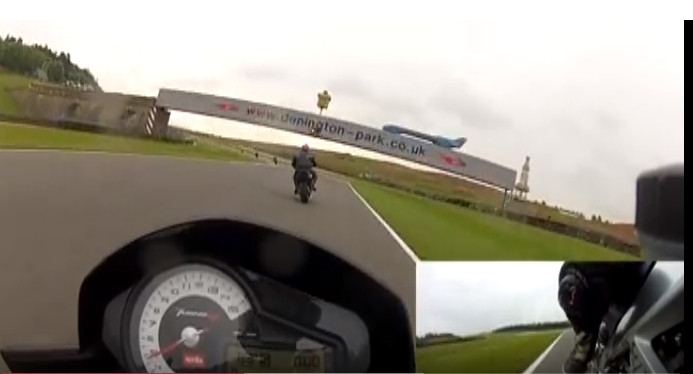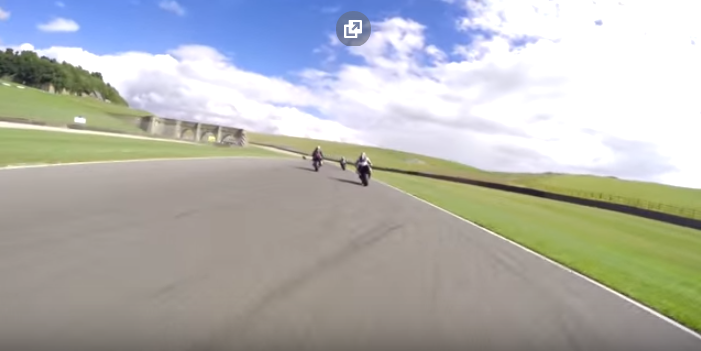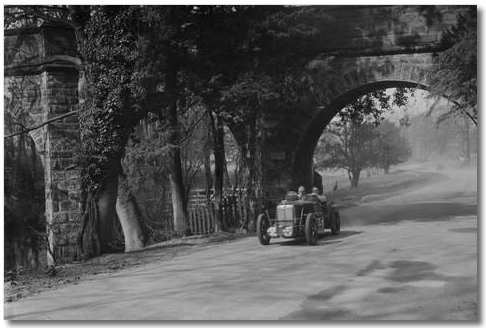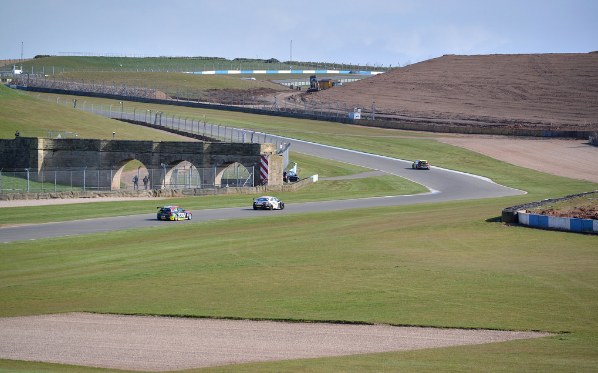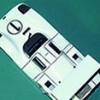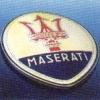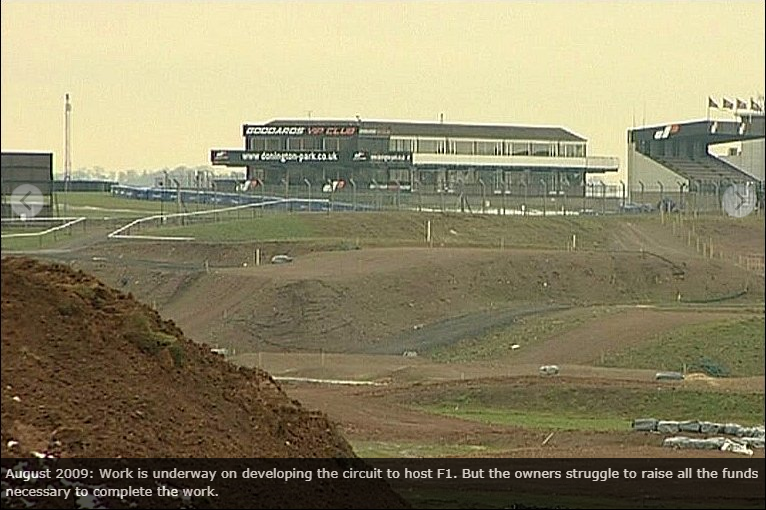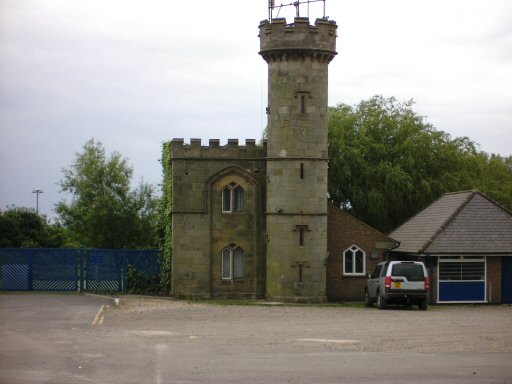This is why I am so addicted to TNF. One question becomes so encompassing, and often creates more questions whilst the initial question is being answered.
So, firstly, I would like to thank Doug Nye for his first hand information on the state of Starkey's Bridge ((or Stone Bridge) in the early '70s.
When I started this thread, it was to answer the question why was Starkey's Bridge built, and what was its history. For me, a second question developed, who was "Starkey". We have Starkey's Bridge, Starkey's Hill and in the area today, we have Starkey's Inn (Starkey's Pub) and a number a references to roads, lanes etc in surrounding villages named Starkey.
But to the first question. The history of the bridge itself. On the information I have gathered from the wonderful input by you TNF'ers, and some further old articles I found. I've developed a plausible line of thought but am open to any input to the contrary.
In Geoff's side-by-side maps from post 2 all the maps show a continous access lane leading to, and from the bridge. Try as I might, I was unable to find a name to this "lane" so it must simply have been an access path within the Donington Park Estate. The lane starts from the north-east at Park Lane in Castle Donington, travels south-west to the northern edge of Coppice Wood, across the bridge, along the southern edge of Holly Wood, and joins Melbourne Road approximately where the Melbourne View Hotel is today. In other words, not far from where the Melbourne Hairpin would have been.
In the topographical maps we see that Starkey's Hill was a high point, as was Coppice Wood, with the Starkey's Bridge in the valley between the two. One map shows Starkey's Bridge being so-called before racing commenced in the '30s. The OS 25 map dated 1892-1914 shows the "lane" as a dotted line, but shows the bridge as a solid structure with what appears to be a solid structure at both ends of the bridge.
Now why is this important?
The bridge was built in 1834. The whole Castle Donington parish had been undergoing an increase in population from the very late 16th century with not only wood and paper mills doing a roaring trade , but lace making had taken off, also requiring an increase in workers. The plantations such as Cliff Hill, Ramsley Wood, All Hooks, Thirteen Acre and Holly Wood were all producing good yields and needed an increase in good access roads, both for goods and workers. I imagine workers came from Castle Donington across the bridge to work the mills and wharves along the River Trent. The 1937-61 map shows a miriad of access pathways within all the plantations, all connecting to the main "Starkey's Bridge lane". A couple of the maps from Geoff's link have FB next to the structure - so "foot bridge"?
Donington Hall became the social hub of the parish and also flourished during this time with many improvements. Recreationally, the Hall became the centre for the entire county for fox and deer hunting.
Sadly, as the years went on, the plantations yielded all they could, the Mills closed and the lace making industry self destructed due to "twist net fever" (that's another story) so by the late 1840's little remained of any viable industry, so workers moved away. Donington Hall was sold off many times, with poor management seeing it reduced to basically a "holiday house" for some of its wealthier owners.
The ownership history is a fascinating story in itself, but I don't wish to bore you any more.
I know much of this is supposition, but I hope you find it as interesting I have.
Cheers, Steve
PS: Who was Starkey? I still have no idea!
Edited by Porsche718, 19 April 2018 - 10:54.




